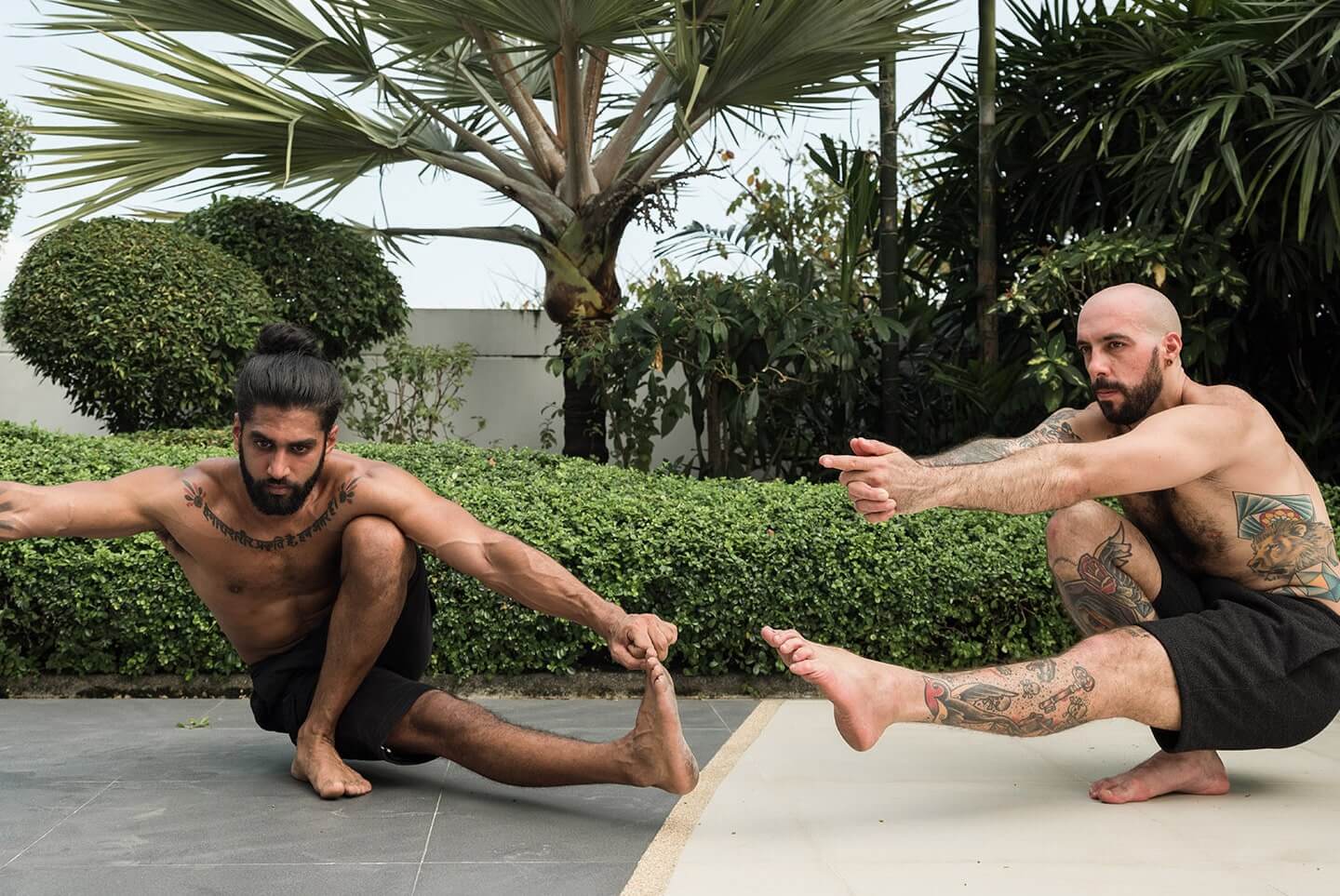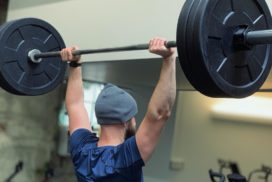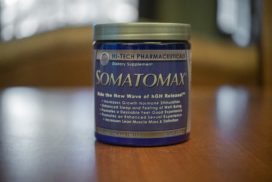Mobility is the ability to move a joint through its full range of motion. While flexibility increases the length of the muscle, mobility improves the ability of that muscle to go fluidly through movements.
Flexibility is increased from passive stretching and mobility is increased through active stretching. Passive stretching includes things like touching your toes and holding them. Active stretching includes things like touching your toes then bringing one foot up into the air.
There are many reasons to improve your mobility for lifting. The main benefits from improving your mobility are because it helps apply an equal amount of pressure to the entire muscle being worked during an exercise, increases muscle functionality, increases strength, improves overall range of motion, improves recovery, betters joint health, and prevents injuries.
Mobility Training and Injuries
One of the biggest reasons to do mobility training is to lower the risk of injuries from working out.
The majority of injuries from training result from poor mobility. By correcting this you will be able to workout harder, longer, and overall more effectively.
Mobility prevents injuries when weightlifting by allowing joints to go through their full range of motion. If the range of motion of a joint is limited, this will place more stress on that joint and it will become worn out from being used the same way repeatedly. Lack of mobility can also result in injury if a joints range of motion is pushed past suddenly during a weighted exercise.
Mobility Training Increases Strength
A second benefit from increasing your mobility is an increase in strength.
The strength you have is largely based on your ability to fully contract and activate your muscles. If you do not have optimal mobility, both of these functions are going to be impaired.
For example, if you are not able to go entirely down at the bottom of the movement during a squat due to lack of mobility, the muscle will not be fully worked and accessory muscles are likely to take over. This means that the primary muscles being used (such as the glutes, quadriceps, and hamstrings) during a movement like the squat are not absorbing the entire force of the exercise and will not be trained as well.
Since the primary muscles are not fully activating and absorbing the entire force of the movement, the amount of weight you can lift is going to be lower. Then, because the amount of weight you are lifting will be lower, progressive overload can not be applied and less gains are going to be made.
Progressive overload is the key to increasing your strength. If you are unable to continue to progress in your lifts and are stuck in a plateau, poor mobility could be a large reason for this.
Even if you are able to make decent gains while having poor mobility, eventually the chances of injury are going to be high enough that you are forced to either address the lack of mobility or stop lifting due to injury or joint discomfort.
Mobility Training Improves Recovery
The third main benefit of mobility training for lifting is that it improves recovery.
Mobility training improves recovery by increasing blood flow, loosening up muscle knots, and reducing post-workout stress hormones.
Mobility can improve blood flow and circulation by loosening muscles. After working out, the muscles which have been trained will become more tight and “bunched”. By doing mobility work, and stretching, the muscles will loosen and blood flow will improve. This improvement in blood flow will allow the body to more effectively send nutrients and oxygen to the damaged muscles for repair.
Better mobility can also reduce the number of knots in muscle tissue. Muscle knots are caused by a high volume of training and stress. These knots restrict blood flow, cause discomfort, and may force you to workout less. By doing mobility work, the chances of getting muscle knots as well as the number of muscle knots you currently have are significantly lowered.
Additionally, after a workout the amount of stress hormones such as cortisol in your body are elevated. Stress hormones are released from working out because resistance training places the muscles under stress. This stress signals to the body to start elevating the heart rate and increasing its ability to use energy.
The release of cortisol and other stress hormones has a negative impact on recovery because it puts the body in more of a catabolic state. Stress hormones are catabolic since they breakdown molecules and inhibit the effect of anabolic hormones like testosterone.
Mobility training is able to reduce the amount of stress hormones released from working out by loosening the muscles, increasing blood flow to the brain, and lowering tension. All of these effects can combine to lower cortisol and improve workout recovery.
Summary
Overall, mobility training is a key aspect of lifting optimally and making gains.
While mobility training is not appealing as weightlifting to many people, it is beneficial and worth the time. The main benefits of mobility training are prevention of injuries, increased strength, fuller range of motion in joints, and better recovery.
The best time to do mobility training is before and after lifting. A good mobility routine could be 5 minutes in the morning, 10 minutes before lifting, 5 minutes after lifting, and 10 minutes again in the evening.
For more on training, such as the best number of days to workout per week and the top 5 things to do for better results from lifting, click here.







